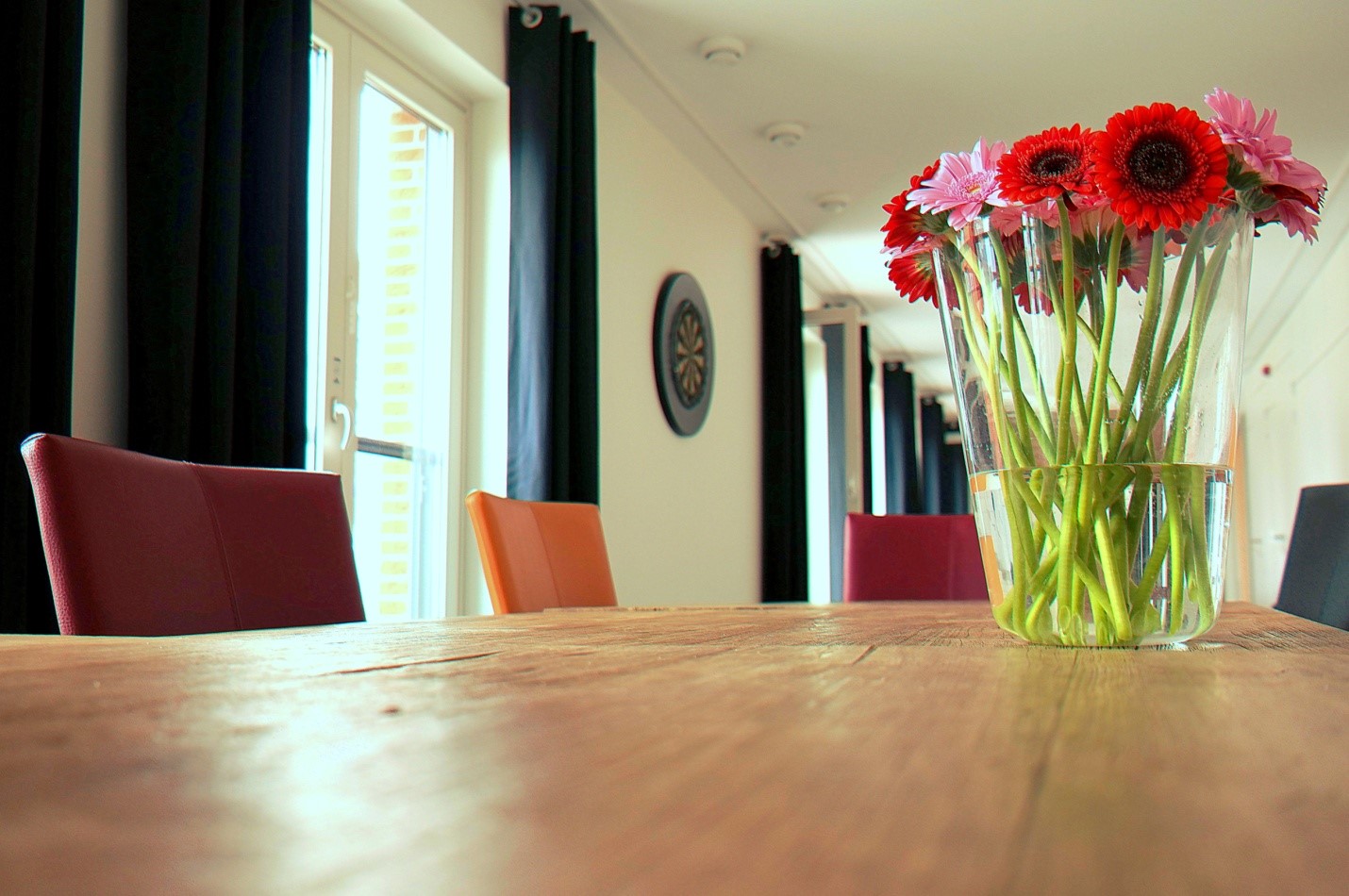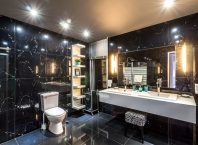Heating and cooling is an essential part of our lives today, but it’s that filter that keeps our homes the temperature we desire. With an efficient filter, our homes can be odor, pet dander, and almost dust-free. A clean filter can keep out micro particles and therefore keep the HVAC free of clogs and breakdowns. Even with all those facts when coming to choosing the perfect one, we need to look at the properties of each one. We also need to consider how many filters are actually needed in our home.
High-efficiency particulate air filters (HEPA) help remove airborne particles that make allergy sufferers worse. They also increase air quality for those who have respiratory difficulties. With a 99.97% effectiveness against screening contaminants, it’s no wonder that the US Department of Energy suggests this as a good type for all of us.
Fiberglass comes in at the most affordable and they are able to catch large debris, but they are better at protecting your air conditioning system rather than removing particles from the air. This type is not suitable for those with allergies or respiratory issues.
Pleated filters are made of polyester or cotton and their pleat structure eliminates more particles without increasing energy consumption. The number of folds in the pleat is important as it increases surface area catches more, without decreasing airflow. Therefore, this is essential when looking for advanced filtration. This type doesn’t necessarily require you to change your duct work, it will fit in the way you would with a standard flat filter.
The washable kind are quite expensive as it’s not often that you will need to purchase them. Eventually, you will save money, as you just remove wash and put them back. However, there is a slight downfall to this option, you need to ensure that they are fully dry before putting back. There is the problem that mold and bacteria could grow if not cleaned well. If you have these or looking to purchase, make sure you read the manufacturer’s instructions to ensure you know to maintain them.
Electrostatic uses an electric charge to trap dust, pollen, and other microparticles from coming into your home. These filters can be available in a washable kind.
UV filters kill both bacteria and viruses in and around your home using ultraviolet lights. Although they are not as efficient as the pleated in eradicating dust and various pollutants, they can still fight off tiny particles that are just as hazardous for our health. For more information about filters, follow these simple guidelines here.
MERV ratings
How do filters get rated and what does that number exactly mean for the homeowner. The minimum efficiency reporting value (MERV) is the way in which we air quality around the home is calculated. MERV was established in 1987 by the American Society of Heating, Cooling, and Air-Conditioning Engineers. The higher the rank the more effective the filter is at removing those unwanted particles out of our air.
MERVS range from one to twenty, the higher end of the scale is usually used in hospitals, nuclear plants, and cleanrooms. A MERV of one to four will remove dust mites, pollen, sand dust, and carpet fibers. Moving on to five to eight will give you the optimal rating for your home. This MERV removes dust, hair products, mold, and pet dander. The higher you go the more filtered the home will be, this is mostly needed for individuals who are quite vulnerable as a nine to twelve will eliminate humidifier dust. Lastly, thirteen to sixteen will remove bacteria and saliva.
You may be thinking which MERV is good for my home and there are so many things to consider. A rating of eight will remove the most common pollutants that we all use on an everyday bus. In addition, it will cover our little furry friends that live with us. If some of your family members have medical conditions, respiratory conditions, you may opt for nine to twelve. By choosing a MERV of under eight you will most likely protect your HVAC without cleaning the air for yourselves. A level of eight will reduce the amount of dust meaning less housework. Improving the air quality especially if you spend a lot of time indoors. Furthermore, it keeps your HVAC clog and corrosive free. Cleaner indoor air can make it easier to breathe, reduce allergy symptoms, and assist asthmatics.
Most houses require one filter, larger houses may require more as they have more than one HVAC system. You can start by locating the air handler which should be next to your air conditioning system. The air handler has both the fan and motor inside a metal box, it can be found in your basement, attic, or in a cupboard. Once you have found it, you will see how the filter fits inside as you will see the existing filter inside.
HVAC’s are usually placed where they can’t be seen and therefore the air filters are in the return vents. Return vents can be found in a wall, in the floor, or even in the ceiling. Once you have located it you will see the filter and that’s how you know the size yours requires.
Filters are tested to find out the MERV rating, they do this by the number of particles before and after the test was conducted. The end result is then given a percentage of how many particles were successfully cleaned out of the air. As the test is performed six times the lowest result is chosen and that where the minimum part comes in. This means that the lowest rating for that filter.
Pressure drop happens when the barrier between your HVAC and vents slows down the air coming through your vents to your system. The pressure drop is different for each filter. Filters that are made tightly together make it harder for the air to pass through. In addition, the more dirt, dust, dander, and pollutants will decrease the airflow. By replacing your filters every three months you will keep your HVAC and home happy.












